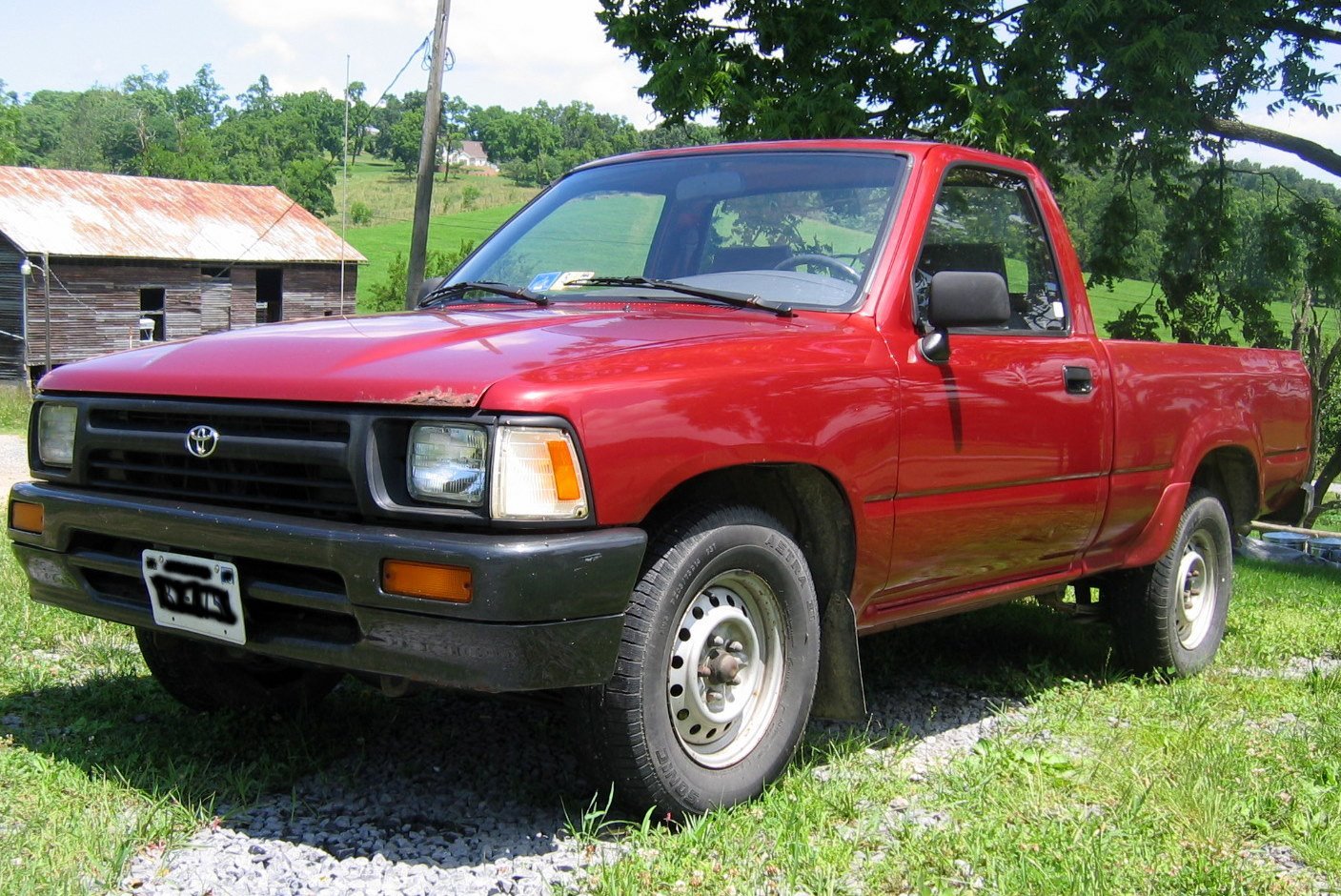Over the last few months I’ve enjoyed the services at a large, “high church” church. The professional organ pieces, the liturgy, the well-thought-out and intellectual sermons, the sunny sanctuary are, I find, relaxing and enriching.
This Sunday morning we visited a small country church where a friend pastors. No professional organ player there, of course, and no liturgical readings, but we were greeted more warmly than most places we’ve visited and the Sunday school discussion about Jesus for President: Politics for Ordinary Radicals was a satisfying blend of politics, pragmatics, and scriptural acrobatics based on the story of Jesus facing temptation and why he didn’t lead his mob to do great social movements.
“He should have taken over General Motors,” I said.
From my friend’s sermon I learned that in Jesus’ day the mustard plant was a sort of weed, which makes the parable of the mustard seed multifacetedly subversive rather than–this is how I always heard it interpreted–an assertion that even the smallest act of evangelism can have far-reaching ramifications.
The sermon was also about church growth–the four families on vacation cut the service attendance drastically–which spawned in me the thought that small churches shouldn’t try to be big churches.
Big churches have programs and formal services down pat: Sunday school classes, nurseries, choirs, dramas, great musicians, vacation Bible school, airy buildings, you name it. I enjoy all of those things immensely.
Small churches often think they must have those same things. This means that the small churches’ members have to fill multiple roles and perform multifarious duties that end up making church very tiring for everybody, all the while just hoping and praying that more people will come, more people to lighten the load and swell the ranks.
I say let big churches be big churches, and let small churches do things that really reflect who they are. One small church we visited ate meals together in each others’ homes after their weekly sermon-less services of nontraditional activities including music, hands-on creativity, and discussion. The leaders of the church searched within its members to find direction and evolve rather than looked to large-scale models for growth goal setting. We likely would have attended that church more had it not felt too overrun by the college campus where it met.
There’s a fine place for big churches, especially maybe for people like me who like Sunday morning to be an aesthetically pleasing, intellectual, quieting time to sit back and reflect. There’s also a fine place for small churches–as long as they are created not from a “keeping up with the Joneses” mentality but from their own organic roots.


One Comment
Persimmon Hill
Another item for publication.